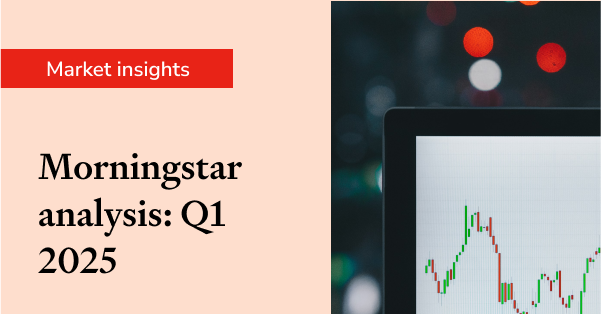Record-keeping requirements for DIY share market investors
Every week we post a tip that we hope will help you become a successful share market investor.
Tip#15 — Record-keeping requirements for DIY share market investors
Many DIY investors become distracted by the administrative tasks associated with managing their portfolio. Essential tasks include:
-
Recording dividends declared and paid to ensure you have dividends statements. Be sure to record franking and other elements such as foreign tax credits.
-
Reconciling dividends against bank statements to ensure you haven’t missed out on any payments due. And make sure there are no anomalies that could cause you issues come tax time.
-
Reviewing your cost bases so that you know both your unrealised and realised capital gains tax position.
If you hate paperwork look for an online system that can automate the recording of transactions and other relevant share investment activity and produce all the information required to complete your tax return in a few clicks.
This information is not a recommendation nor a statement of opinion. You should consult an independent financial adviser before making any decisions with respect to your shares in relation to the information that is presented in this article.
FURTHER READING

Morningstar analyses Australian investors’ top trades: Q1 2025
Morningstar reviews the top 20 trades by Australian Sharesight users in Q1 2025, and reveals where their analysts see potential opportunities.

Sharesight product updates – April 2025
This month's focus was on improving cash account syncing, revamping the future income report and enabling Apple login functionality.

Why Strawman’s founder uses Sharesight to track performance and tax
We spoke with Andrew Page, founder of Strawman.com, about how he uses Sharesight to track his portfolio and how it benefits investors.